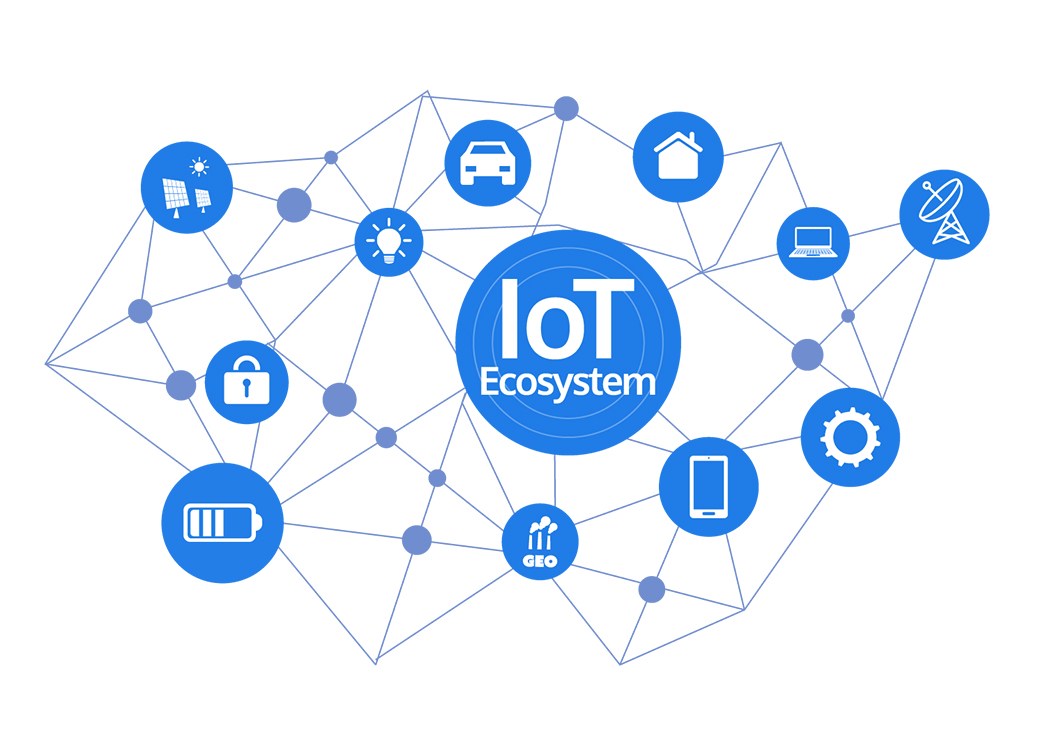Fintech and its impact on global Financial Services- RBI Future Guidelines Over Blockchain and Bitcoins.
Fintech and its impact on global Financial Services- RBI Future Guidelines Over Blockchain and Bitcoins.

Fintech
FinTech innovations, products, and technology
There is no commonly accepted taxonomy for FinTech innovations. In order to get a sense of the broad nature of the ongoing developments in this area, the WG categorized some of the most prominent FinTech innovations into five main groups through its scoping exercise. Though this does not represent a comprehensive review of all FinTech innovations, it highlights those regarded as potentially having the greatest effects on financial markets.
A simple categorization of some of the most prominent FinTech innovations into groups according to the areas of financial market activities where they are most likely to be applied is as under:
Payments, clearing and settlement services
Innovations in this category are targeted at improving the speed and efficiency of payments, clearing, and settlement, reducing cost and changing the ways people access financial services and conduct financial transactions. Some of the innovations in areas of payments, clearing and settlements in the financial markets are as follows:
Mobile and web-based payment applications
The majority of developments in the areas of payments are based on mobile technology by providing wrappers over existing payments infrastructure. Examples include Apple Pay, Samsung Pay, and Android Pay, which sit on top of existing card payment infrastructure enabling the user’s mobile devices to act as their credit/debit cards. There are also mobile payments built on new payment infrastructure, for example, mobile phone money services, such as M-Pesa in Kenya and IMPS in India, which provide payment services. While such innovation facilitates the entrance of new users to the financial system, it may also move the provision of some payment services to non-banking companies that are not regulated as financial entities. There are a number of web-based and mobile-based payment applications that primarily focus on the customer experience and often aim to better integrate payment transactions within the commerce value chain. These service providers usually do not offer banking services other than payments, and they normally do not apply for banking licenses. The services can be offered by the payer’s own payment service provider (PSP) or by third-party services (TPS), where an innovative service provider links payers and merchants by using the payer’s online banking credentials but without necessarily involving the payer’s PSP in the scheme or solution or by using the card payment infrastructure (Alipay, PayPal).
Digital currencies (DCs)
Digital currencies (DCs) are digital representations of value, currently issued by private developers and denominated in their own unit of account. They are obtained, stored, accessed, and transacted electronically and neither denominated in any sovereign currency nor issued or backed by any government or central bank
At the moment, DCs schemes are not widely used or accepted, and they face a series of challenges that could limit their future growth. As a result, their influence on financial services and the wider economy is negligible today, and it is possible that in the long term they may remain a product for a limited user base on the fringes of mainstream financial services.
The regulatory perimeter around DCs is a complicated issue and regulation may depend on the definition of DCs in particular jurisdictions. The cross-border reach of DC schemes may make it difficult for national authorities to enforce laws
Distributed ledgers Technology
Distributed ledger technologies (DLT) provide complete and secure transaction records, updated and verified by users, removing the need for a central authority. These technologies allow for direct peer-to-peer transactions, which might offer benefits, in terms of efficiency and security, over existing technological solutions.
The impetus behind the development and adoption of distributed ledger technology are the potential benefits. The major benefits are reduced cost; faster settlement time; reduction in counterparty risk; reduced need for third party intermediation; reduced collateral demand and latency; better fraud prevention; greater resiliency; simplification of reporting, data collection, and systemic risk monitoring; increased interconnectedness; and privacy.
Blockchain Technology
Block chain is a distributed ledger in which transactions (e.g. involving digital currencies or securities) are stored as blocks (groups of transactions that are performed around the same point in time) on computers that are connected to the network. The ledger grows as the chain of blocks increases in size. Each new block of transactions has to be verified by the network before it can be added to the chain. This means that each computer connected to the network has full information about the transactions in the network. Blockchain potentially has far-reaching implications for the financial sector, and this is prompting more and more banks, insurers and other financial institutions to invest in research into potential applications of this technology.
Frequently cited benefits of Blockchain are its transparency, security and the fact that transactions are logged in the network. Some of the disadvantages currently include the lack of coordination and the scalability of this technology. One of the best-known applications of Blockchain technology at the present time is bitcoin. Transactions in this virtual currency are largely anonymous. This creates ethical risks for financial institutions dealing with users of this currency because they are unable to (fully) verify their identity.
It has also been observed that market participants in other securities markets are exploring the usage of Blockchain or Distributed Database technology to provide various services such as clearing and settlement, trading, etc. Indian securities market may also see such developments in near future and, therefore, there is a need to understand the benefits, risks, and challenges such developments may pose.
Deposits, lending, and capital raising services
Alternative models of lending and capital raising are gaining prominence, potentially changing the market dynamics of traditional lenders and affecting the role of traditional intermediaries. A few examples of the products offered by FinTechs are as under:
Peer-to-peer (P2P) lending
Peer-to-peer (P2P) lenders connect lenders and borrowers, using advanced technologies to speed up loan acceptance. These technologies are designed to increase the efficiency and reduce the time involved in access to credit.
While P2P lending originally involved direct matching of individual lenders and borrowers on a one-to-one basis, it has evolved into a form of marketplace lending where institutional and high net worth individual investors lend into a pool that borrowers can access.
Crowdfunding
Crowdfunding is a way of raising debt or equity from multiple investors via an internet-based platform. Securities and Exchange Board of India (SEBI) has released a paper and defined crowdfunding as “solicitation of funds (small amount) from multiple investors through a web-based platform or social networking site for a specific project, business venture or social cause.” Some jurisdictions have chosen to enact special legislative regimes to determine the conditions under which this service can be made available to retail investors. The platform matches borrowers/issuers with savers/investors. Platform providers offer a range of information about the potential borrowers/issuers, ranging from credit ratings (for most peer-to-peer loan arrangements) to business model to verification of information and AML checks of firms that want to raise equity capital. Though SEBI had come out with a draft regulation on the subject, it has not issued the final guidelines.
Market provisioning services
Advances in computing power are facilitating faster and cheaper provision of information and services to the market. A few of these innovations are discussed below:
Smart contracts
Smart contracts are computer protocols that can self-execute, self-enforce, self-verify, and self-constraint the performance of a contract. Development of smart contracts in relation to financial services could have a large impact on the structure of trade finance or derivatives trading, especially more bespoke contracts, and could also be integrated into Robo-advice wealth management services. The widespread adoption of smart contracts in financial services could be facilitated by the establishment of distributed ledger technology.
E-Aggregators
E-Aggregators provide internet-based venues for retail customers to compare the prices and features of a range of financial (and non-financial) products such as standardised insurance, mortgages, and deposit account products. They can also be firms that provide services that allow users to aggregate and analyse their data on their payment patterns, across separate accounts and products (example-Yodlee). E-Aggregators also provide an easy way to switch between providers and may become a major distributor for a variety of financial products.
Cloud computing
Cloud-based IT services can deliver internet-based access to a shared pool of computing resources that can be quickly and easily deployed. Infrastructure, Platform, Service and Mobile backend as a service is offered under cloud based services. The use of these services is an important enabler for new entrants to the financial services arena to set up quickly and with low start-up cost, with easy options to expand their capability as the firm grows. Depending on the type of services of the cloud service availed, it can potentially pose several challenges including the ability of jurisdictional enforcement authorities to effectively ensure the security of data.
Big data
As more business activity is digitised, new sources of information are becoming available. Combining these data sources with the availability of increased computing power is delivering faster, cheaper, and more comprehensive analysis for better informed decision-making. For example, wider use of increasingly large datasets could deliver material improvements in credit risk assessments. Financial institutions may desire to monetize aggregated data by selling them or bundling them with other products and services offered.
Artificial Intelligence (AI) & Robotics
Companies looking to achieve a competitive edge through AI need to work through the implications of machines that can learn, conduct human interactions, and engage in other high-level functions at an unmatched scale and speed. They need to identify what machines do better than humans and vice versa, develop complementary roles and responsibilities for each, and redesign processes accordingly. AI often requires, for example, a new structure, of both centralized and decentralized activities, that can be challenging to implement. Finally, companies need to embrace the adaptive and agile ways of working and setting strategy that are common at startups and AI pioneers. All companies might benefit from this approach, but it is mandatory for AI-enabled processes, which undergo constant learning and adaptation for both man and machine.
Investment management services
Automated systems have the potential to transform the business of investment management. Few commonly used applications in investment management services are discussed as under:
Robo advice
“Robo-advice” is the provision of financial advice by automated, money management providers, thereby disintermediating human financial advisors and reducing costs. It can offer more investor choice, especially for low and middle income investors who do not have access to the wealth management divisions of the banks. Robo Advisors are said to be currently handling assets under management estimated at $20bn7 and such business is growing rapidly. They use client information and algorithms to develop automated portfolio allocation and investment recommendations that are meant to be tailored (to a greater or lesser degree) to the individual client.
Robo advisors are regulated just like independent advisors who set up offices and meet clients on a regular basis in USA. They typically register with the U.S. Securities and Exchange Commission and are deemed "fiduciaries" who must put their clients' interests above their own.
E-Trading
Electronic trading has become an increasingly important part of the market landscape, notably in fixed income markets. It has enabled a pickup of automated trading in the most liquid market segments. Innovative trading venues and protocols, reinforced by changes in the nature of intermediation, have proliferated, and new market participants have emerged. This, in turn, has had implications for the process of price discovery and for market liquidity. It could also lead market structures to evolve from over-the-counter to a structure where all-to-all transactions can take place. The development of e-trading platforms contributes to improving the efficiency of market orders and to reducing average trading costs
Sources:https://rbi.org.in



